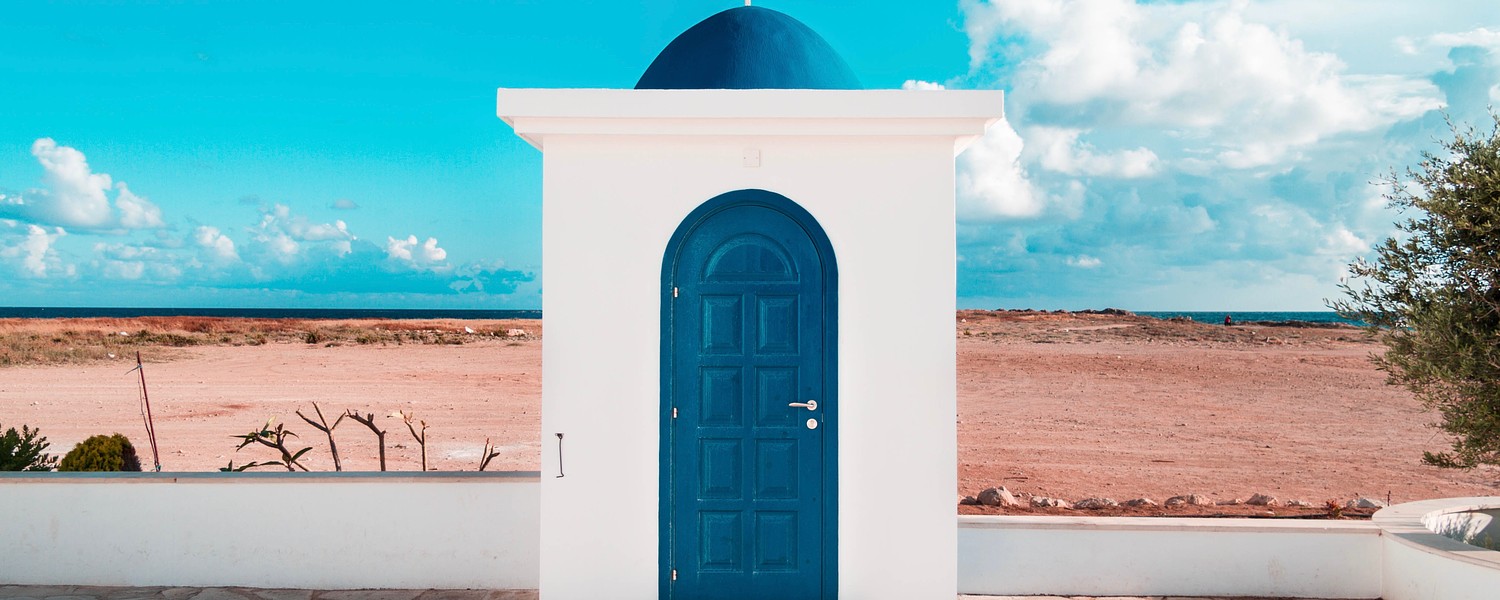Section in Cyprus
Do & See
Cyprus is a stunning and diverse island, boasting a wide array of attractions and activities for visitors to enjoy.
For a taste of culture and history, consider a trip to Nicosia — the capital city of Cyprus. It's famed for its rich history, cultural hotspots, and buzzing nightlife. Alternatively, make your way to Paphos, a coastal city in the southwest, where you'll find ancient ruins like the captivating Paphos Archaeological Park.
If you're craving outdoor adventures and natural beauty, the Troodos Mountains are a must-visit. Located in the heart of Cyprus, this mountain range is celebrated for its gorgeous landscapes, hiking trails, and cultural gems. On the western coast, you'll discover the unspoilt Akamas Peninsula, with its pristine beaches and scenic hiking paths.
Read more


















